Why is Manaslu a Restricted Area in Nepal?
Manaslu stands 8,163 meters (26,781 feet) high and ranks as the eighth-highest summit in the world, besides being one of Nepal's most awesome trekking wonders. Despite this fact, due to its unique beauty and appeal, the government of Nepal has declared the region surrounding Manaslu a restricted area. These regulations, including the Manaslu restricted area permit, protect the country's unique environment and indigenous cultures and ensure the safety of trekkers. Many trekkers have a queries regarding "Why is Manaslu a Restricted Area in Nepal?".
The following blog discusses reasons for certain restrictions imposed in Manaslu, rules that trekkers should abide by, and information on the Manaslu Trek permits in 2025. Whether you are trekking to the base camp or the surrounding trails, knowing all of this will help you safely and respectfully plan a journey.
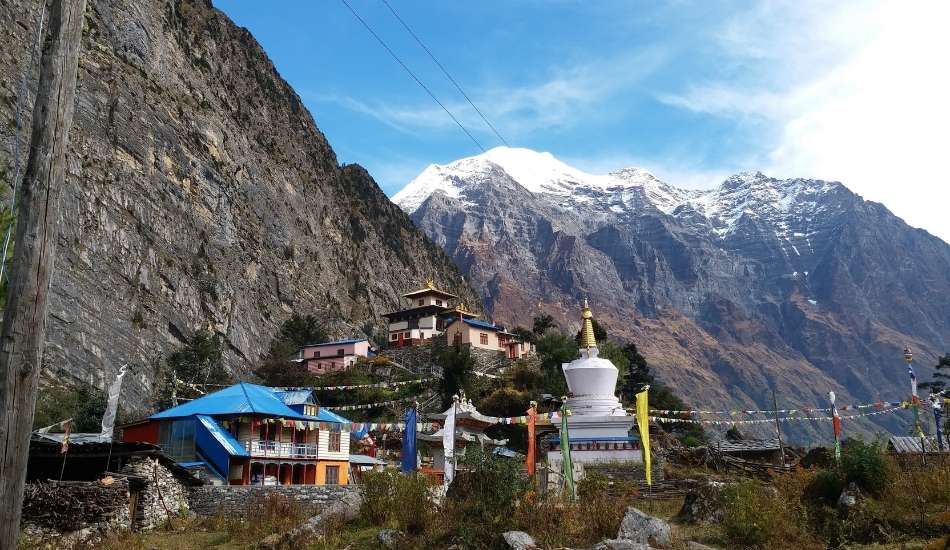
Why is Manaslu a Restricted Area?
Although Manaslu was opened to foreign trekkers in 1991, the area is still restricted due to several important environmental protection and national security issues related to preserving the local cultures. Let us explore some reasons in depth below.
1. Protection of the Environment
Manaslu falls within the protected area known as the Manaslu Conservation Area, which was established in 1998 to conserve the local ecology and biodiversity. It offers shelter to many rare species of animals, including snow leopards, red pandas, Himalayan tahr, and many species of birds.
Because its environment is very fragile, the Nepalese government imposed restrictions to prevent over-tourism, which could cause deforestation, pollution, and damage to flora and fauna. The restricted area ensures that a controlled number of trekkers enter each year, thus minimizing the ecological impact on the region.
2. Cultural Preservation
The Manaslu region is home to not only diverse wildlife but also Indigenous communities like Gurung, Tamang, and Tibetan-descended ethnic groups, whose traditions, ways of life, and even languages have survived for centuries.
The government restricts access to the area to protect these communities from the negative impacts of mass tourism. The status of a restricted area helps safeguard local customs and religious practices and ensures that trekkers respect the traditional values of the region's inhabitants.
3. National Security
Manaslu lies near the border with Tibet, and the area has long been sensitive from a political point of view regarding national security. The restricted status is said to help regulate foreign access and ensure security in this region of Nepal. This becomes even more important considering the recent border tensions between Nepal and its northern neighbour, China.
Recommendation Read: How to trek to Manaslu Circuit?
What Are the Regulations for Trekking in Manaslu?
Trekking in the Manaslu restricted area is not just about a permit; specific rules and regulations are in effect to ensure trekkers are safe and preserve the region.
1. Trekking with a Guide and Group
The most important regulation for trekking in Manaslu is not being able to go on a solo trek. According to the Manaslu trekking regulations, all trekkers should hire a licensed guide. In addition, they must be conscious that trekkers should be in groups and not solo, which is prohibited in restricted areas to avoid overwhelming any independent trekker in the region, including safety measures in an emergency.
- Licensed Trekking Guide: A licensed trekking guide is supposed to ensure that the trekkers comply with the rules and regulations. They can also provide support during any medical or logistical challenge.
- Minimum Group Size: The minimum group size is typically two people, though some exceptions may apply depending on the agency. Up to 12 trekkers can join the group.
2. Necessary Permits
Group trekking is allowed in Manaslu, but trekkers must procure several permits. The Manaslu Restricted Area Permit is the most critical permit required to trek in the restricted zone. It costs about $100 per head for the first week or $15 per head per day for every additional day.
- Manaslu Conservation Area Permit (MCAP): This permit provides the finances for conservation in the region. It is compulsory for every trekker and costs around NPR 2,000 or $18 in total.
- Annapurna Conservation Area Permit: Part of the Manaslu trek goes within the Annapurna region, for which the trekkers have to pay NPR 3,000, or approximately $25.
All of these permits are handled via licensed trekking agencies.
3. Acclimatization
Due to the high altitude, acclimatization is necessary while trekking in the Manaslu Region. It is important to gradually reach a higher altitude, starting from low altitudes, to avoid acute altitude sickness, which may prove fatal if precautions are not properly taken. This trek allows ample time for proper acclimatization, with several rest and acclimatization days included as one goes up higher. For more tips on preparing for the manslu circuit trek, click here.
4. No Camping Outside of Designated Campsites
This contrasts with other trekking areas in Nepal, where camping in the Manaslu restricted area is prohibited without organized camping through a licensed agency. The only legitimate accommodation is at registered tea houses or lodges along the trek route. This assures that tourism causes less environmental degradation while ensuring that trekkers contribute to the local economy.
The Cost of Trekking in Manaslu: 2025 Permit Prices
The basic costs associated with trekking to Manaslu's restricted region include certain aspects that a trekker needs to consider for this trip. Most of the main expenses will surround permits necessary to enter the area, including guides, porters, accommodation, food, and transport. The given are some main costs that will be included on the way to Manaslu in 2025:
1. Manaslu Restricted Area Permit
The Manaslu restricted area permit is the most significant cost of trekking in this region. Nepal is trying to control tourism in sensitive areas and protect the environment, so trekkers must obtain this permit to access the restricted zone.
- Cost for the first week: $100 per person
- Additional days: $15 per day after the first week
This would mean that if, say, you were to trek for 12 days in all, the cost for your Manaslu restricted area permit would be $100 for a week plus $45 more for three additional days, totaling $145 per person.
2. Manaslu Conservation Area Permit (MCAP)
The Manaslu Conservation Area Entrance Permit provides entrance into the Manaslu Conservation Area, which protects various wildlife and ecosystems in the region. It is separate but must be obtained together with the restricted area permit.
- Price: 2,000 NPR (18 USD)
This permit pays for conservation projects in the area and is required for all trekkers.
3. Annapurna Conservation Area Permit (ACAP)
A portion of the Manaslu trek falls within the Annapurna Conservation Area, which requires the Annapurna Conservation Area Permit. This permit helps protect the environment in the Annapurna region and is compulsory for entry into both zones: the Annapurna and Manaslu zones.
- Cost: NPR 3,000 (approximately USD 25)
While this is a smaller fee than the Manaslu restricted area permit, it's very important to consider it.
4. Guide and Porter Fees
Apart from the permits, another mandatory condition for trekking in the Manaslu restricted area is to hire a licensed guide. A guide not only guarantees your safety but also helps you find the right trails in remote areas and follows the rules and regulations of trekking. Furthermore, if you would like to hire a porter to carry your luggage, then there will be extra expenses for his service.
- Guide Fee: The standard rate ranges from $25 to $35 per day, depending on the agency and experience of the guide.
- Porter Fee: Usually close to $20 to $30 per day.
The guiding and porter costs may vary slightly depending on your agency; however, this can be a decent estimate.
5. Accommodation and Meals
Basic camping is not allowed in the Manaslu restricted area, so trekkers must use tea houses or lodges along the route. Overnight stay prices in tea houses are generally not very high, but they also depend on many factors, such as location, altitude, and season.
- Price per night of accommodation: Around $5 to $15 USD per person, depending on altitude and season.
- Food: Meals will cost around $5 to $10 per meal. They are basic; some local dishes usually consist of dal bhat, momos, and rice.
At higher altitudes, it may be even more expensive owing to the remoteness of the area and transportation costs that swell prices.
6. Transportation Costs
Getting to the Manaslu trekking region usually involves air and land transport, depending on the starting point of the trek. Most trekkers travel from Kathmandu to Soti Khola, which marks the beginning of the trek.
- Private transportation (to/from Kathmandu): A round trip in a private vehicle or jeep from Kathmandu to Soti Khola costs around $150 to $200 USD.
- Local transportation: From Kathmandu to Soti Khola, buses or jeeps are available. The cost is approximately $10 to $20 per person.
7. Travel Insurance
Travel insurance is one of the most important things you must plan for when trekking in high-altitude regions like Manaslu. It is highly recommended that you have insurance that covers medical emergencies, helicopter evacuations in case of altitude sickness or injury, and lost luggage.
- Cost: Depending on the chosen coverage, the cost ranges from $50 to $150 USD for the duration of your trek in Nepal.
8. Other Expenses Trekking Gear
The added expense is buying or renting high-quality boots, jackets, sleeping bags, and so on if you do not already have them. Budget around $100 to USD 200 if you need to buy essential gear.
- Tips: Tipping the guide and porter at the end of the trek is considered a cultural custom. It would be nice if your tip was $10 to $15 per day for the guide and $5 to $10 per day for the porter.
10 Beautiful reasons to do Manaslu Circuit Trek
How to Get a Manaslu Restricted Area Permit
Getting the permits to enter Manaslu's restricted area requires some paperwork, but it is pretty simple with the proper guidance.
⇒ Select a Trekking Agency: You need to sign up for your trek with a licensed agency with experience guiding Manaslu trekking permits.
⇒ Submit Required Documents: A valid passport, passport-sized photos, and other required documents such as travel insurance and medical forms.
⇒ Get Your Permits: After submitting the documents, the agency will apply for the necessary permits for you. It is recommended to book your trek in advance, especially during peak trekking seasons.
⇒ Hike with a Licensed Guide: A guide will ensure you adhere to all regulations, negotiate the terrain, and keep you safe. They can also help communicate with the local communities and respect the people's cultural ways.
Final Thoughts
Manaslu Trekking is a unique opportunity to travel through one of Nepal's most beautiful and unspoiled parts. However, regulations regarding Manaslu trekking and the importance of the Manaslu restricted area permit must be considered first for safe and enjoyable trekking. Breathtaking scenery mixed with rich cultural heritage offers the region a lifetime adventure.
If you are ready for the adventure of a lifetime, Dolpo Caravan Treks will help you arrange your Manaslu trek so that all permits are issued, and your journey goes well. Contact us now to start organizing your trek to Manaslu and experience the wonders of this incredible destination!
FAQs
What is the Manaslu Restricted Area?
The Manaslu Restricted Area is a protected trekking region in Nepal, requiring a special permit for entry due to its remote location and cultural significance. It lies in the Manaslu Conservation Area and offers stunning mountain views, diverse landscapes, and rich Tibetan-influenced heritage.
Why is Manaslu restricted?
Manaslu is a restricted area to preserve its fragile environment, unique culture, and biodiversity while regulating tourism for sustainable development. The Nepalese government enforces these restrictions to protect the local communities, prevent over-tourism, and maintain security in the region near the Tibetan border.
Can I trek to Manaslu alone?
No, solo trekking in the Manaslu Restricted Area is not allowed. Nepal's government requires trekkers to be accompanied by a licensed guide and be in a group of at least two people to obtain the special permit needed for the trek.
How challenging is the Manaslu trek?
The Manaslu trek is considered moderately to highly challenging due to its remote location, steep ascents, and the need to acclimatize to high altitudes, especially when crossing the Larkya La Pass at over 5,100 meters. The trail also involves long days of trekking, sometimes in difficult weather conditions, making it more demanding for trekkers compared to some other popular routes in Nepal.
When is the best time to trek in Manaslu?
The best time to trek in Manaslu is during the spring (March to May) and autumn (September to November) seasons. These months offer clear skies, stable weather, and moderate temperatures, providing optimal conditions for trekking while minimizing the risks of extreme weather and altitude sickness.
What is the duration of the Manaslu trek?
The Manaslu trek typically takes around 14 to 18 days to complete, depending on the itinerary and the pace of the trekker. This includes acclimatization days and the time spent trekking through the remote villages, reaching the Larkya La Pass, and descending back to the starting point.
Can I camp during the Manaslu trek?
Yes, camping is possible during the Manaslu trek, but most trekkers opt to stay in teahouses along the route. If you prefer camping, it is essential to arrange it in advance with a licensed guide and permit, as you’ll need special approval to camp in the restricted area. However, teahouses provide a more convenient and comfortable option for most trekkers.
What should I pack for the Manaslu trek?
For the Manaslu trek, pack layered clothing for warmth, sturdy trekking boots, and a good-quality backpack. Don’t forget essential items like a sleeping bag (if camping), trekking poles, first aid kit, water purification tablets, and necessary permits. Also, bring sun protection, medications, and a headlamp for safety and convenience.

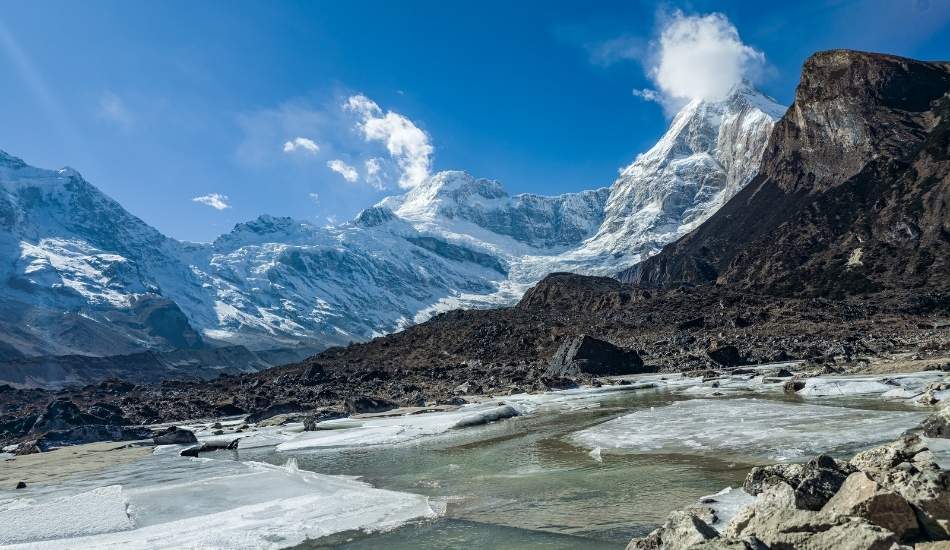
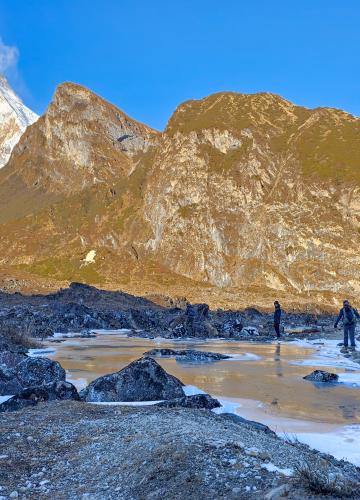
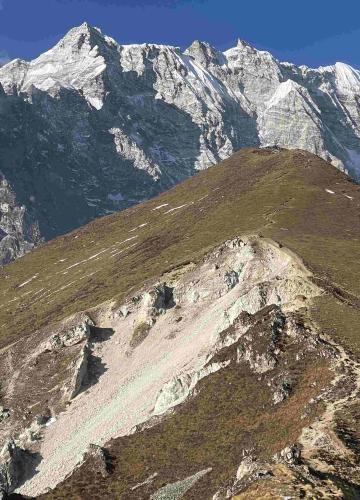
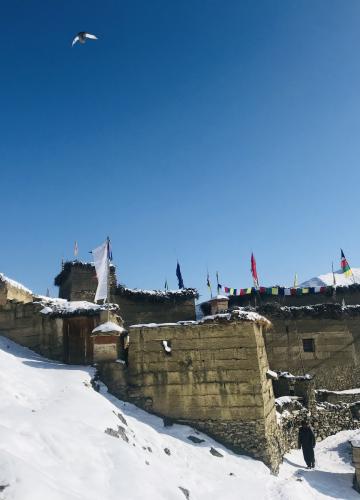
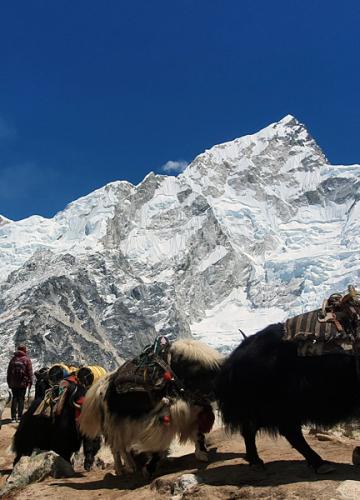
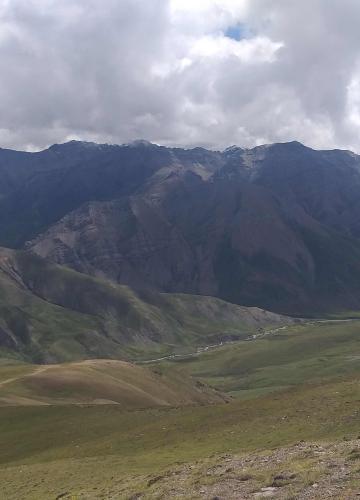
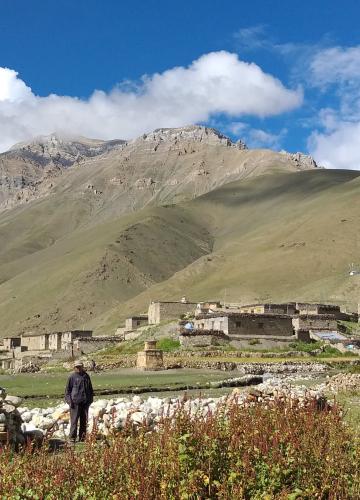

Leave Your Comment